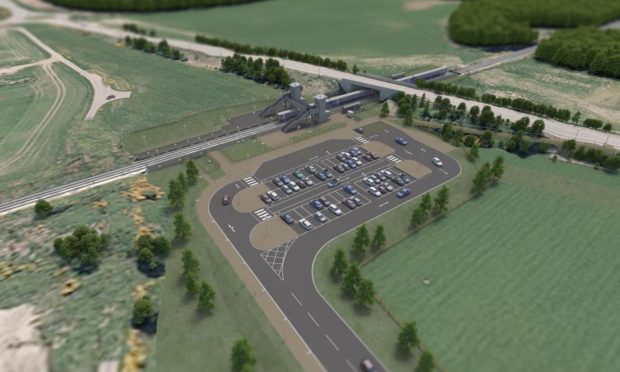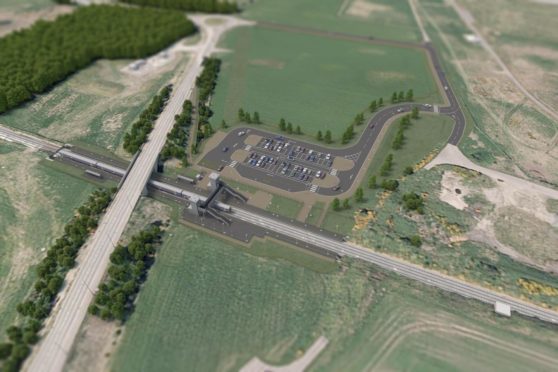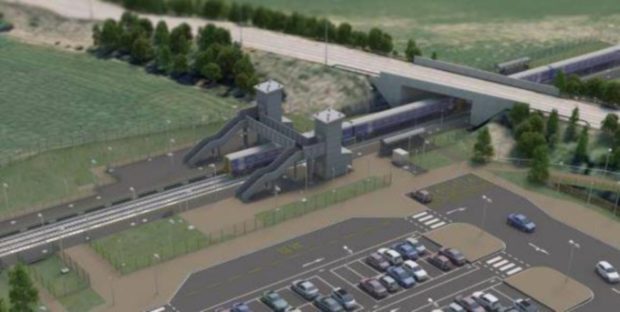Plans for a new two-platform train station at Inverness Airport have been approved by the Highland Council planning committee.
The planning application, which was submitted back in December 2020, was “unanimously approved” despite previous reservations.
The new station will be adjacent to the airport and on the Aberdeen-Inverness line. It will have step-free access with a footbridge and lifts.
Parking will also be available at the station, with spaces for 64 cars, 10 electric charging points, four disabled spaces and cycle parking.
It is hoped that local areas will benefit from the new station, as it should act as a catalyst for further development and investment. The Scottish Government has already committed around £14 million towards the new station.
Graeme Dey, minister for transport, said: “By providing this kind of sustainable travel interchange, we can bring real benefits to the region by making Inverness Airport more accessible for passengers and staff alike.
“It will also deliver sustainable travel links to the growing Inverness Airport Business Park and the new town of Tornagrain at a time when we continue to pursue a green recovery from the Covid-19 pandemic.”
The level crossing at Petty will be closed as a result of the new station, making the line safer and able to operate more smoothly.
Transport between the station and the terminal building is still under question.
The station will also help improve connectivity in the area, increasing travel links and making it more accessible to both travellers and those who work there. Work on the station is to start “as quickly as possible.”
Graeme Stewart, Network Rail’s sponsor for the Inverness Airport station project, said: “The new Inverness Airport station will allow easier access and improved connectivity for passengers and this a significant milestone in the progression of the project.
“Now that we have clarity on the planning decision, we can move to get on-site as quickly as possible and work with our partners to deliver this new station for our customers and the wider community.”


